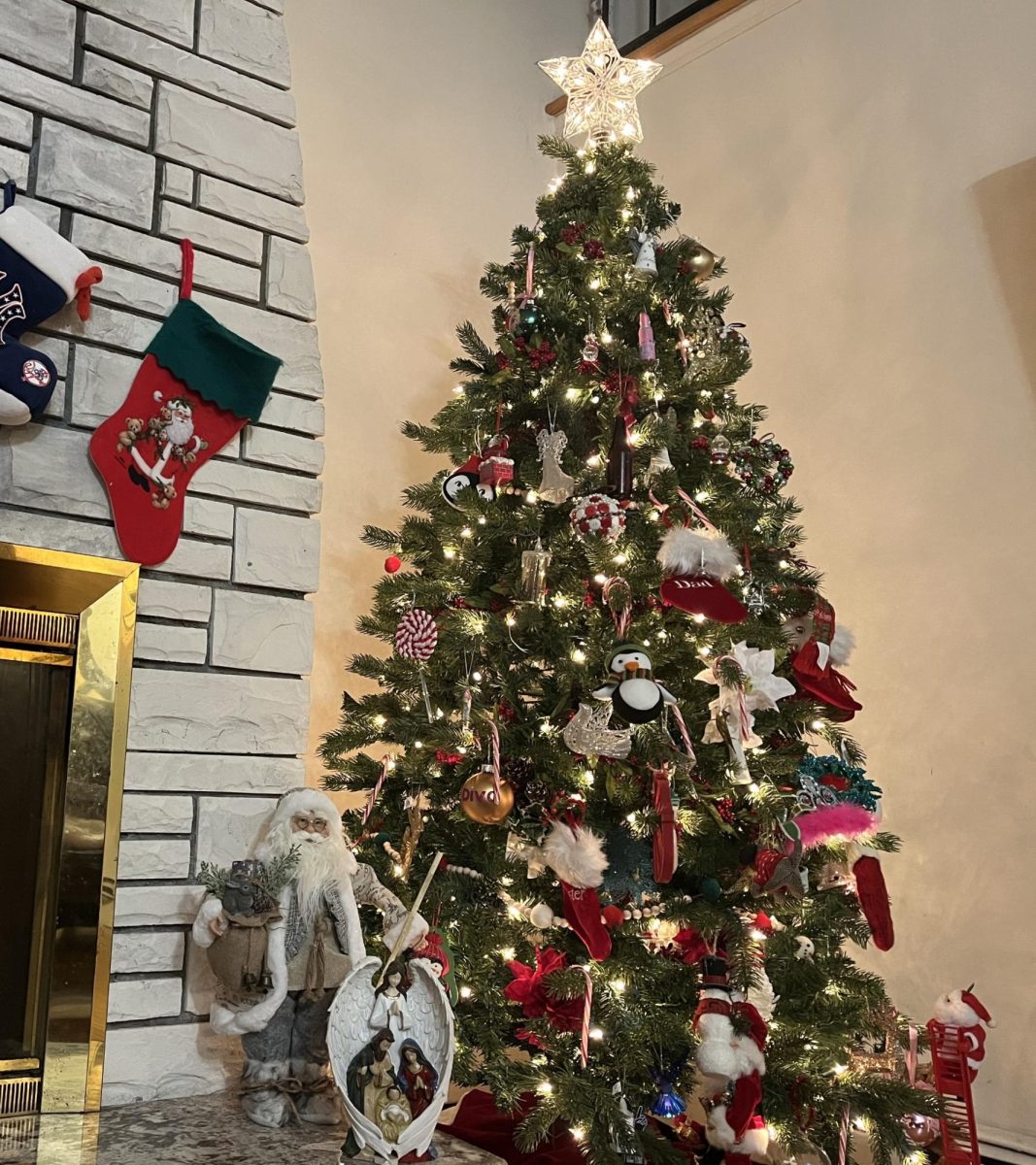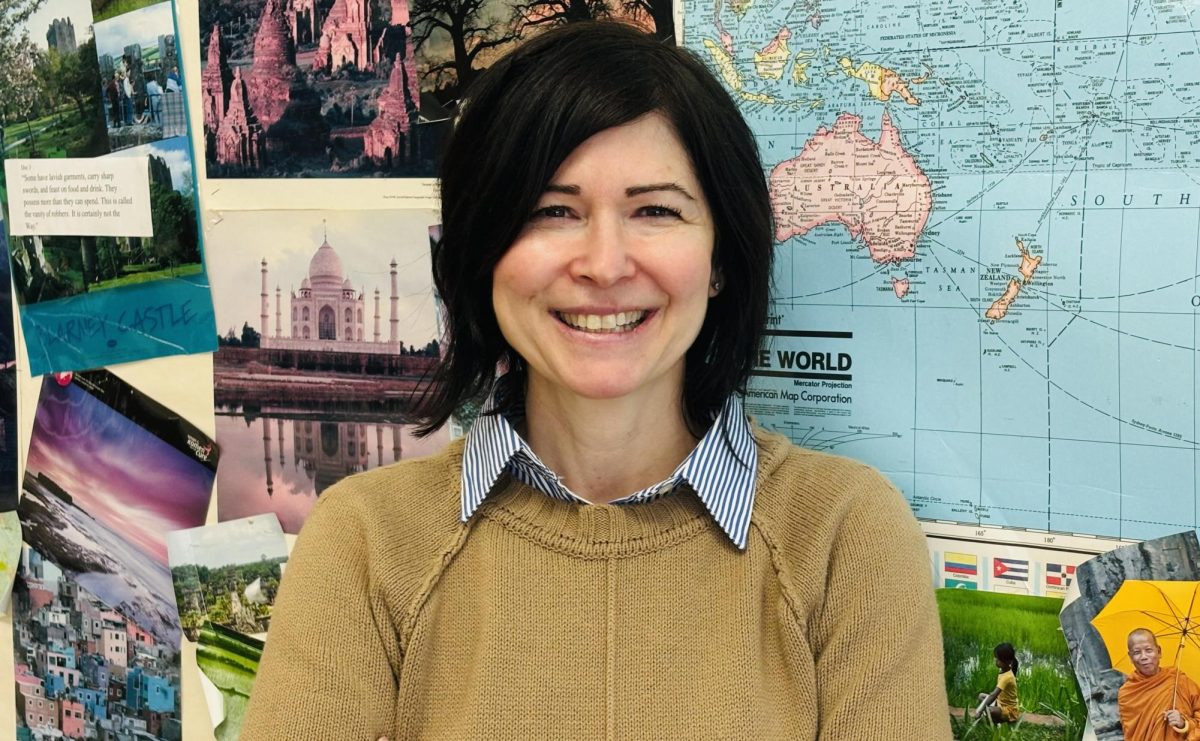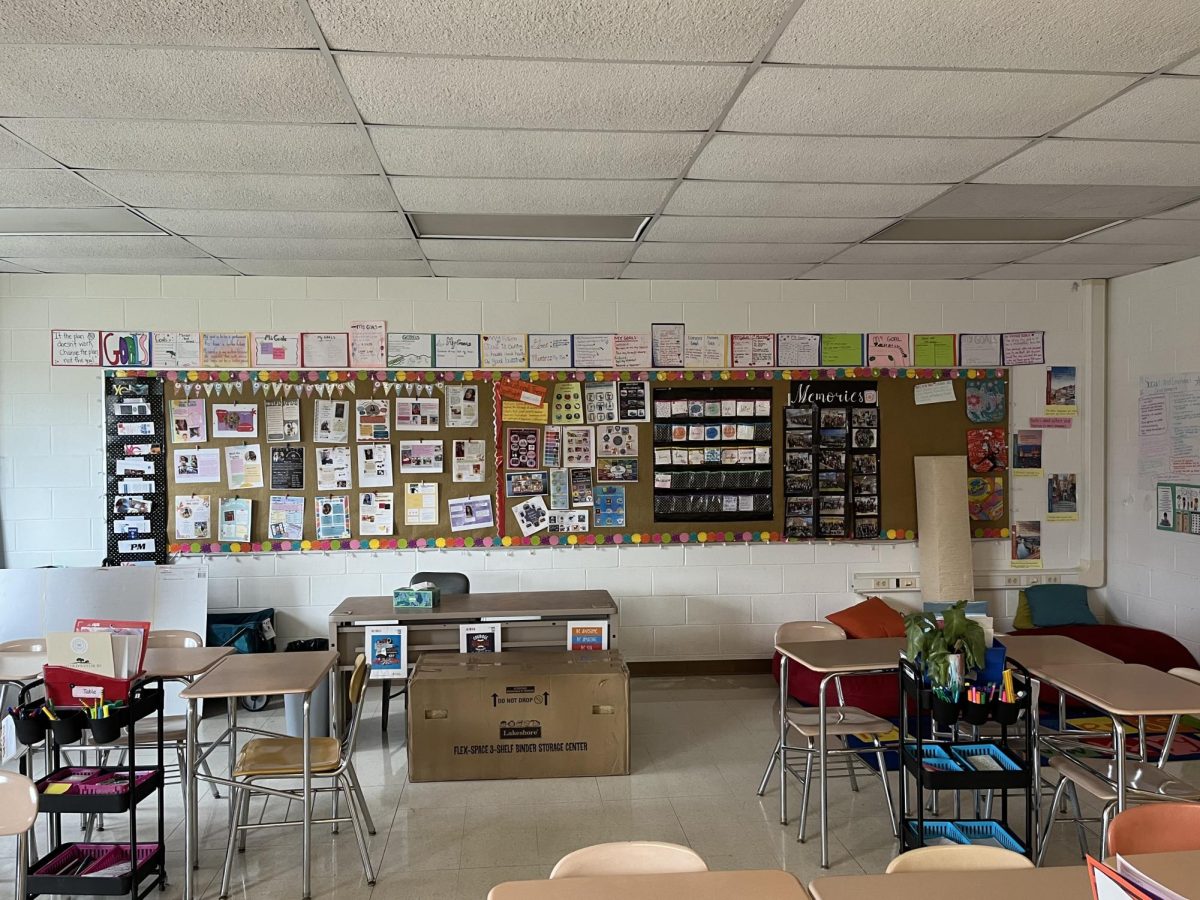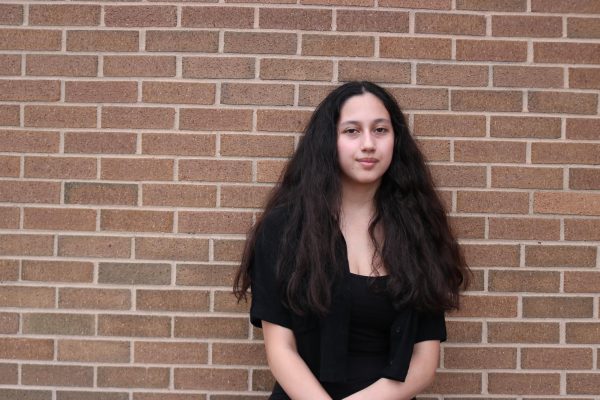Traditions fluctuate all around the world and Christmas traditions are no different.
Amidst the familiarity of sweet Christmas cookies and heartwarming carols with family and friends, the holiday reveals an abundance of unique traditions that span across the globe and captures the essence of such diverse celebrations within other cultures.
In this short journey across the continents, we’ll delve into the enchanting tales and/or practices that make up the ever-growing mosaic of Christmas customs around the world. From Sweden’s luminous ‘St. Lucia’ celebrations to Japan’s unexpected love affair with Kentucky Fried Chicken, each country we visit adds a new piece to the puzzle of what is a world of heritage to unveil.
Sweden
In Sweden, the festivities commence of the 13th of December with the grand celebration of ‘St. Lucia’ day.
Its origin stems from the stories of Monks who journeyed to Sweden in the attempt to spread Christianity. Legend would have it that St. Lucia was a young Christian girl who was in complete devote to her faith. She would venture into Rome with the intent of providing food to the persecuted Christians taking refuge in the catacombs under the city. To maximize her aid, she crafted a crown of candles to place upon her head to brighten her passage into the tunnels.
This special day is now celebrated with a young girl dressed in pristine white, adorned with a ring of electric candles on her head and a crown made of Lingonberry branches—a symbol of new life in winter.
Schools and towns will typically partake in the tradition of selecting their very own St. Lucia representative. This lucky girl will take part in the procession of carols, adding a significant enchantment to their yearly festivities.
On the day of Christmas Eve, a grand feast known as a ‘julbord,’ held during lunchtime, displays an array of culinary specialties.
A table blessed with a selection of delicacies: cold meats like turkey, roast beef, and the infamous ‘julskinka’—a festive Christmas ham. Accompanying these meats, an assortment of cheeses, liver pate, salads, and a variety of breads with butter.
The ‘julbord’ also highlights an abundance of savory treats. From ‘prinskorv’ (sausages) to ‘kåldolmar’ (meat-stuffed cabbage rolls), jellied pigs’ feet, lutfisk served with a rich white sauce, and oven-roasted pork ribs known as ‘revbenspjäll,’ each item contributes to the beautiful harmony of flavors within the ‘julbord.’
The creation of such spectacular meals demands a sense of devotion and love, and this is no different. The intricate process of forming these flavors is just one part of the meticulous effort poured into the culture of a Swedish Christmas.
Presents are brought to houses by Santa or the ‘Tomte’ (Christmas Gnomes). The Secret Santa method of gift giving might have started in Sweden with a custom known as Julklapp’ (which means ‘Christmas knock’). A few hundred years ago the giving portion of the season was celebrated by knocking on the doors of friends and family to leave a small gift (often made by straw or wood) on their doorsteps. The gift would be paired with a riddle in which the gift receiver needed to solve to determine who left behind the present.
‘God Jul’ (Merry Christmas)
Peru
Sometimes a white Christmas isn’t the Christmas that everyone is dreaming of. In Peru, due to their southern hemisphere location, Christmas is celebrated in the midst of their relentless summers.
Leading up the main events of Christmas a heartwarming tradition known as ‘chocolatadas’ begin to unfold across the Peruvian regions. These typically small gatherings bring together the friends and family with the intent of sipping on cups of hot chocolate and snacking on ‘panetón’ (panettone – the Italian Christmas Cake).
‘Chocolatadas’ began as a method of sharing good food and gifts between the less fortunate during the festive season. Many churches and community groups continue to host ‘chocolatadas’ for this reason but it is more commonly associated with the act of seeing friends and family.
The core of the celebrations happens on Christmas Eve, known as ‘Noche Buena.’ This occasion has many people participating in the Misa de Gallo, a midnight mass that begins at 10pm, setting off the festivities of the holiday.
After midnight mass, families will serve the main meal of the evening. Typically, the main courses consist of roasted turkey, chicken, or pork which will be accompanied by a variety of salads and/or tamales. The official Christmas meal will often fluctuate depending on the specific region of Peru that you live in. Coastal areas will usually showcase more fish-based dishes.
Following the Christmas Eve dinner, presents are joyfully unwrapped under their trees and the countdown to Christmas morning commences. Post-midnight, dozens of people flood the streets to raise toasts—be it with Champaine or sweet hot chocolate—to the arrival of Christmas Day and share this special moment with their neighbors.
‘Feliz Navidad’ (Merry Christmas)
Iceland
Santa’s reindeer simply cannot compare with Iceland’s mischievous Jólasveinar. Tales of their antics and parentage to Grýla and Leppalúði, a couple of blood-thirsty child-eating ogres, add a unique twist to the holiday season.
These playful little imps made their first appearance during the 17th century into the local towns of Iceland. One-by-one, each of the thirteen trolls make their way from their home in the mountains to visit on each of the thirteen days of ‘Jól’.
They begin their trek back to the mountains on Christmas day with the last one finally leaving on Þrettándinn (January 6th) to mark the end of the year’s winter festivities.
Some of the names of this imps are Bjúgnakrækir (Sausage Snatcher), Ketkrókur (Meat Hooker), GáttaÞefur (Doorway Sniffer), Pottasleikir (Pot Licker), etc…
The Jólasveinar are known for their trickery and large appetites. It is typical that they leave small surprises in the shoes of well-behaved children, but for the naughty ones, they’ll leave behind a potato or a playful warning instead.
During Jól it is customary that everyone receives a new piece of clothing and often a new book, a tradition known as ‘Jolabokaflod’ or ‘Jólabókaflóð’, translated to ‘Christmas flood of books.’ This delightful tradition began during World War II when books became precious presents amidst the rationing of the various items during this trifling time.
On Christmas Eve, the people of Iceland will unwrap their new books and brew a cup of hot chocolate or Jolabland—an Icelandic drink made of fizzy orange soda and brown ale/beer—as they immerse themselves into the world of storytelling. Everyone must be sure to wear their new clothes on Christmas Day, or else the Christmas cat might just eat them!
‘Gleðileg jól’ (Merry Christmas)
Japan
The prospect of Christmas in Japan is seen more as an opportunitiy to spread happiness to friends and family rather than a religious celebration, given the significantly few Christians in the archipelago.
Christmas Eve is more often celebrated as a romantic occasion for couples to exchange gifts and enjoy each other’s company for the day. It is a time when many will roam the streets to gaze the spectacular seaonal lights and possibly even reserve a spot at a cozy resturant.
One of more uniquely facinating aspects of a Japanese Christmas would be the widespread ingulgence of KFC. This local resturaunt transforms into a hub of festive holiday feasts with the locals, experiencing a surge in fast food orders. The anticipation of many individuals will encourage them to place their orders in advance to ensure the timely arrival of their meals.
Christmas is not recongnized at a national holiday, causing many people to attend work like any other day. However, schools will typically shut down their facilities due to the holiday’s allignment with the ‘New Year’ school break for students.
A popular activity in Tokyo for festive entertainment happens in Japan’s Disneyland which offically opened its doors in 1983. Guests flood the scene to admire the dazzling lights and immerse themselves into the outstanding parades. The Christmas ‘season’ in Tokyo begins on November 2nd and continues it’s displays until the 26th of December in which all decorations come down with a haste, marking the start of the New Years celebrations.
‘Meri Kurisumasu’. (Merry Christmas)








